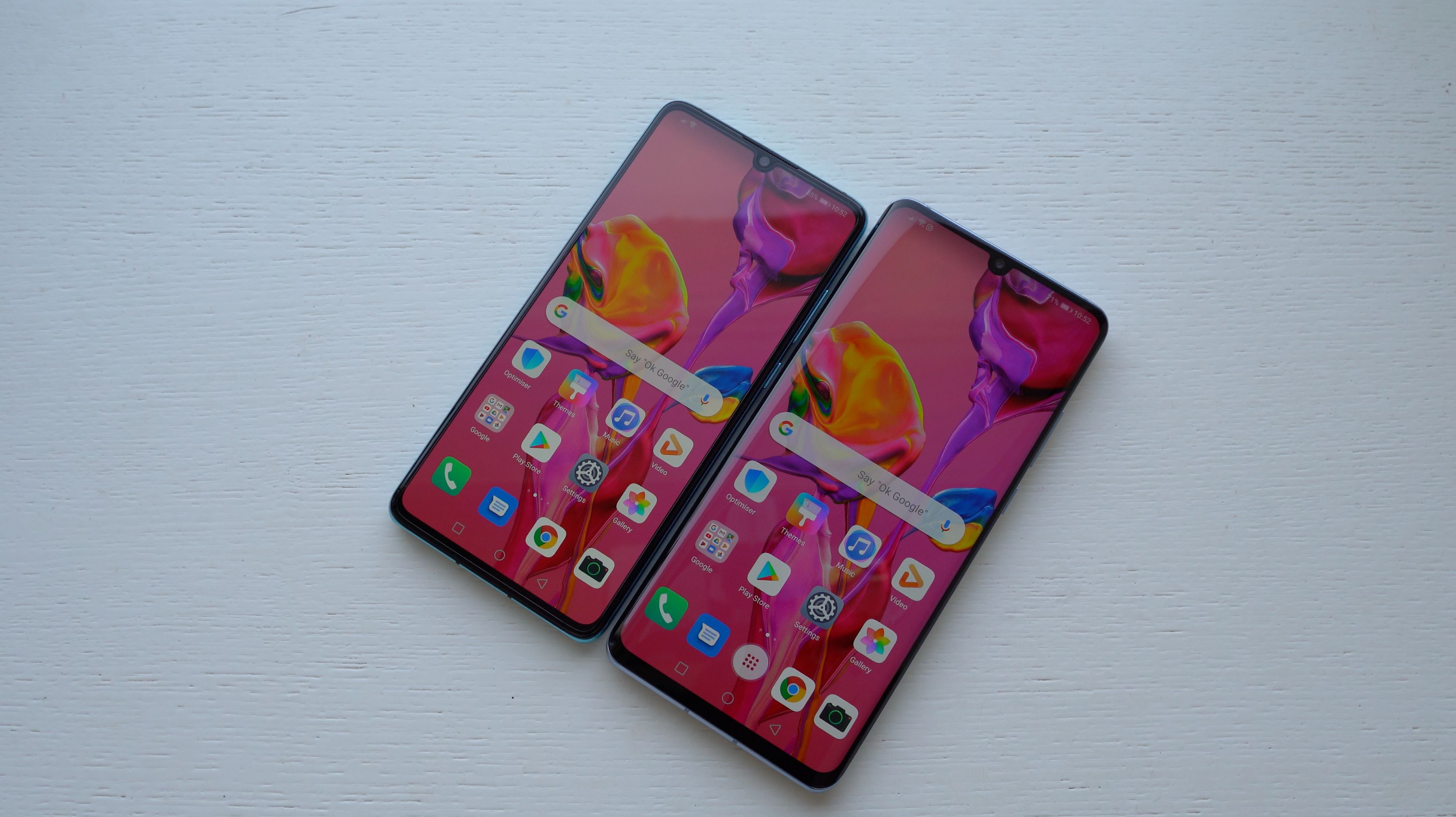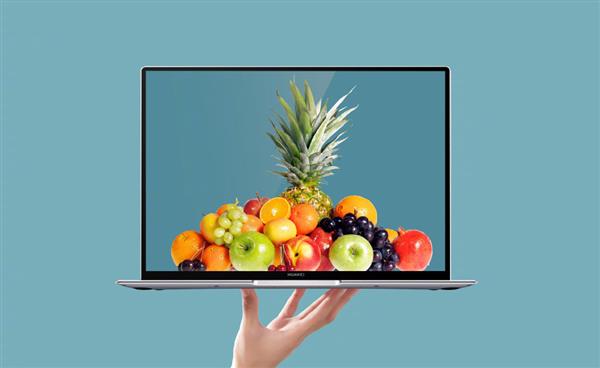Huawei has been under the US government’s radar for quite some time now. It all started off with the US government foiling the company’s plans to enter the US with AT&T’s support early last year. Huawei’s relationship with the US government has since worsened and hit its lowest point last Wednesday after US President Trump signed an executive order adding Huawei to the Entity list, which is basically a list of companies that pose a national security risk. This order bans US companies from buying or selling to Huawei without approval from the government.
What’s Happening Right Now With Huawei?
Following the executive order from Trump, US companies have started to cut off the supply of its hardware and software services to Huawei.
It started off with Google announcing that it will no longer provide hardware and software products to the Chinese tech giant, except those covered by open source licenses.
For Huawei users' questions regarding our steps to comply w/ the recent US government actions: We assure you while we are complying with all US gov't requirements, services like Google Play & security from Google Play Protect will keep functioning on your existing Huawei device.
— Android (@Android) May 20, 2019
Huawei’s official response to this matter was as follows:
“Huawei will continue to provide security updates and after-sales services to all existing Huawei and Honor smartphone and tablet products, covering those that have been sold and that are still in stock globally.
We will continue to build a safe and sustainable software ecosystem, in order to provide the best experience for all users globally.
Huawei has made substantial contributions to the development and growth of Android around the world. As one of Android’s key global partners, we have worked closely with their open-source platform to develop an ecosystem that has benefitted both users and the industry.”
What Happens To Existing Huawei and Honor Users?
No need to panic yet. Huawei will continue to provide security updates and after sales services to all existing Huawei and Honor smartphones and tablets. This includes the units that are still in stock with retailers.
Google Play Store and Play Protect will continue to be available on existing Huawei devices. However, it remains to be seen whether a future update to Play services will cause Huawei phones to lose Play certification.
Also, the company hasn’t mentioned support for products that are yet to be shipped. This could be an indication that Huawei is yet to finalize how to proceed with this trade ban.
Who Else Is Following The Trade Ban?
Basically, all US companies have to comply with this executive order. In this regard, companies like Qualcomm, Micron, Qorvo, Skyworks, Intel, Xilinx, and even Broadcom have reportedly stopped supplying their products and services to Huawei.
A couple of weeks back, Huawei had officially revealed that it had 30 US companies as its core suppliers. Losing supply from all of them at once is definitely a big blow. It won’t be easy finding replacements for all of them.
What Can Huawei Do Right Now?
Huawei has been preparing for this eventuality for a while now. After seeing ZTE suffer from a trade ban last year, Huawei has been stockpiling components for up to a year’s supply. However, there are some key components that you can’t really stock up in advance.
As for things that it can’t really stock up, like Google’s Play services, the company has been reportedly working on alternate options. Huawei has long been reported to be working on an alternate OS to Android, specifically made for such an eventuality. The details are scarce at the moment, however, the company had mentioned a few months back that it would use it as the very last resort.
This might just be the time for this last resort, but personally, I think, Huawei would want to stick to Android for a foreseeable future.
Why It Makes Sense For Huawei To Stick With Android?
Android is currently the world’s largest smartphone operating system. The OS has a market share upwards of 70%. No other OS comes close to this figure, not even Apple’s iOS! It’s clear that consumers prefer Android over most other alternatives out there.
Also, history hasn’t been kind to new entrants in this industry. Windows Mobile, Firefox Os, Ubuntu have all tried to capture a share of the smartphone market but failed miserably. So, the question comes to whether Huawei can risk shifting all its phones to a brand new OS?

With hundreds of competent Android smartphone options in the market right now, shifting to a non-Huawei phone won’t be a big deal for a consumer. Most users like familiarity. So, even if Huawei is the second largest smartphone maker in the world, it would be hard for the company to urge customers to stick with them with a brand new operating system.
On the other hand, it can stick to Android AOSP by leveraging its experience in China, where Google services are non-existent. China has a lot of app stores for Android, including Huawei’s own. But most of the apps cater to the Chinese audience and are not known to the western world.
Huawei’s biggest challenge here is how to bring relevant apps to its western users. For this, it will have to tie up with an existing app store with a lot of apps that it can open up for its users. It’s not going to be easy, but Huawei does have experience working with non-Google app stores and could make it work.
What’s The Best Case Scenario For Huawei Now?
Personally, I think the best case scenario for Huawei right now is to get this trade ban reversed. ZTE, a company which was found guilty of violating Iran and North Korea sanctions, managed to survive a similar ordeal last year.
Huawei’s case is even better. The US Government doesn’t really have any credible evidence against the company right now. So, the two economic giants, US and China should be able to come out with a compromise in the near future.

Honestly, I think China has to play the long game right now. Coming to a compromise with the US is probably in its best interest, especially when it’s on the path to becoming a 5G and AI leader. Huawei is already the world’s largest telecommunication equipment provider and leads in 5G technology patents too. It’s all set to dethrone Samsung to become the world’s largest smartphone maker by 2020.
If Huawei and China can work a deal with Trump’s Government, this trade ban would have been all but a minor hurdle in its plans to become the global technology leader. However, if this goes on for a while, Huawei and China have got a lot to lose.
To conclude, all I would say is that trade war is usually a double-edged sword. Both the parties will lose out on something, so it all comes down to which party can afford to lose more. It’s never in the interest of the consumers, so in the long run, we are losing out on healthy partnerships, technology sharing, and innovation, which have been the elements that bolstered the smartphone industry to what it is today!
What’s your take?






